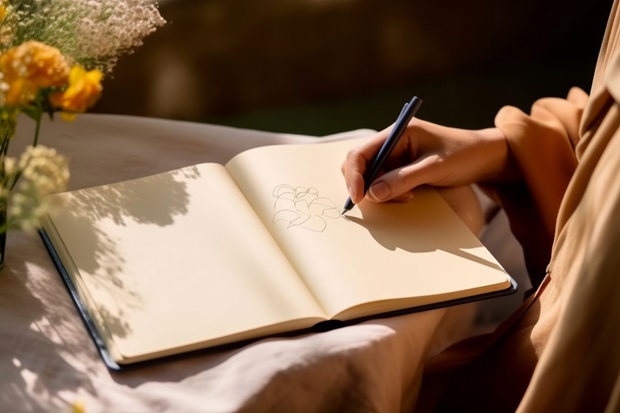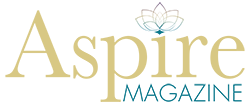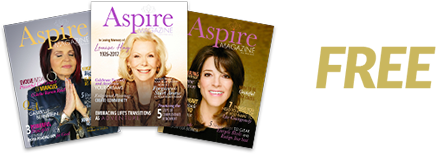
Life is an ever-evolving journey filled with transitions—some expected, others unexpected. These transitions can range from significant life events such as moving to a new city, changing careers, or experiencing the end of a relationship, to smaller, more subtle shifts in our daily lives. Navigating these changes can be daunting and often leaves us feeling uncertain and overwhelmed. During such times, finding a means to process our emotions and gain clarity is crucial. Art journaling, a practice that combines creative expression with introspection, offers a powerful tool to help us embrace change and find direction.
Art journaling serves as a bridge between our inner world and the external changes we face. By allowing ourselves to visually and tangibly explore our thoughts and feelings, we can gain new insights and perspectives that are not always accessible through words alone. The act of creating art provides a sense of control and empowerment, enabling us to process complex emotions and make sense of our experiences.
Research has shown that engaging the right hemisphere of the brain, which is responsible for creativity and holistic thinking, can significantly enhance our emotional well-being. While the left hemisphere focuses on logic and analysis, the right brain’s holistic approach allows us to see the bigger picture and connect with our emotions on a deeper level. This integration of both hemispheres can lead to more balanced and comprehensive processing of life’s challenges.
To begin art journaling during a life transition, the first step is to identify the specific change you are experiencing. This awareness sets the stage for intentional exploration. For instance, if you are navigating a career change, acknowledge the mixed emotions that come with it—excitement, fear, uncertainty, and hope. Once you have pinpointed the transition, create a dedicated journal for this period. This allows you to chronicle your journey and witness your growth over time.
Tips for Getting Started with Art Journaling
- Create a Safe Space: Find a quiet and comfortable place where you feel safe to explore your emotions.
- Gather Your Supplies: You don’t need expensive materials to start. Basic supplies include a journal, pens, markers, colored pencils, and any other art materials you enjoy.
- Set an Intention: Before you begin, take a moment to set an intention for your session. This could be something like, “I want to understand my feelings of sadness,” or “I want to release my anger.”
- Start with Freeform Drawing: Allow your hand to move freely across the page. This could be doodling, scribbling, or drawing shapes. Let your intuition guide you.
- Incorporate Words if Needed: You might feel the need to add words to your drawings. This could be single words, phrases, or even full sentences. Write whatever comes to mind without judgment.
When you start journaling, don’t worry about creating a perfect piece of art. The goal is to express yourself freely and authentically. Begin by allowing your hand to move spontaneously across the page. This could involve drawing shapes, doodling, or even scribbling. The act of moving your hand helps to release pent-up emotions and break down mental barriers. As you draw, you may find that certain themes or images start to emerge. Trust this process and let your intuition guide you.
Incorporating words into your art journal can add another layer of depth to your exploration. You might write down single words, phrases, or full sentences that come to mind. These words can serve as anchors, helping you articulate the emotions and thoughts that arise during the creative process. For example, if you are feeling anxious about your future, writing the word “uncertainty” alongside a chaotic, abstract drawing can provide a visual representation of your inner state.
Reflecting on your completed journal pages is an essential part of the process. Take time to sit with what you have created and consider what it reveals about your current transition. Ask yourself questions such as: What emotions did I express? What insights did I gain? How do these images and words connect to my experiences? This reflection helps you integrate your discoveries and apply them to your life.
Tips for Using Art Journaling During a Life Transition
- Create a Timeline of Change: Make a visual timeline of your transition. Include significant events, emotions, and reflections. This can help you see the bigger picture and acknowledge your progress.
- Make a Vision Board: A vision board within your journal can help you visualize your goals and aspirations. Use images, words, and symbols that represent what you hope to achieve during this transition.
- Explore Duality: Create separate journal pages to represent the contrasting emotions you may be feeling. One page might highlight the challenges, while another focuses on the opportunities of the transition.
- Regular Reflection: Periodically review your journal entries. Reflecting on your journey can provide valuable insights and motivation, helping you to stay grounded and focused.
The benefits of art journaling during life transitions are manifold. The process of creating art can bring clarity to your thoughts and emotions, helping you make informed decisions. Art journaling provides a safe space to process and release emotions, reducing stress and anxiety. It encourages self-reflection, allowing you to gain deeper insights into your needs and desires. Moreover, by documenting your journey, you empower yourself to take ownership of your transition and celebrate your resilience.
Reflecting regularly on your journal entries is also crucial. Periodically review your past pages and consider how your perspectives and emotions have evolved. This reflection not only provides valuable insights but also serves as a powerful reminder of your progress and growth.
Art journaling is a transformative tool for navigating life’s transitions. By combining creativity with introspection, you can embrace change with curiosity and find clarity amidst the uncertainty. Remember, transitions are opportunities for growth and transformation, and art journaling can be your guide through this process. Embrace the journey, trust your creative instincts, and let your art journal be a testament to your resilience and evolution.



